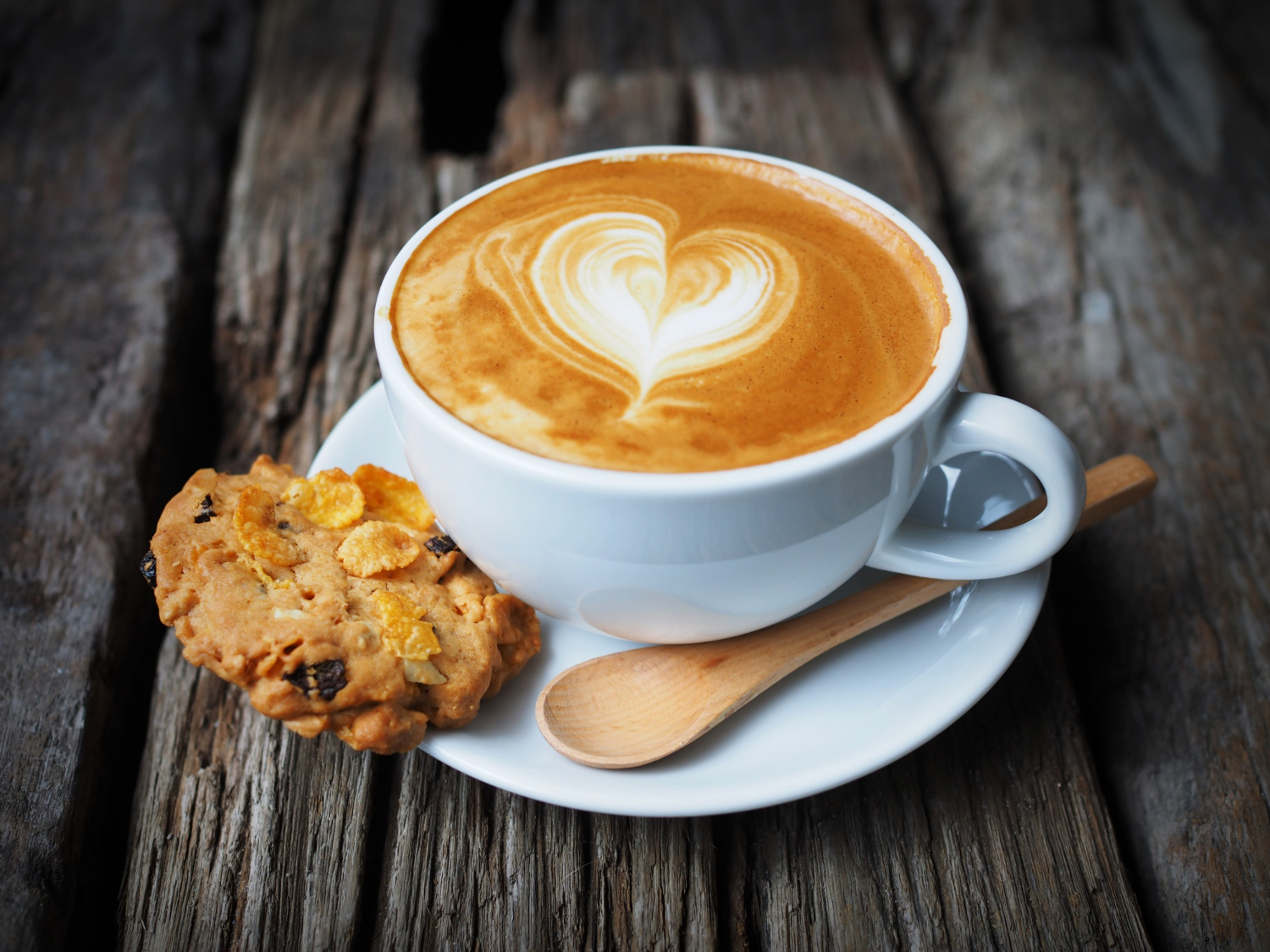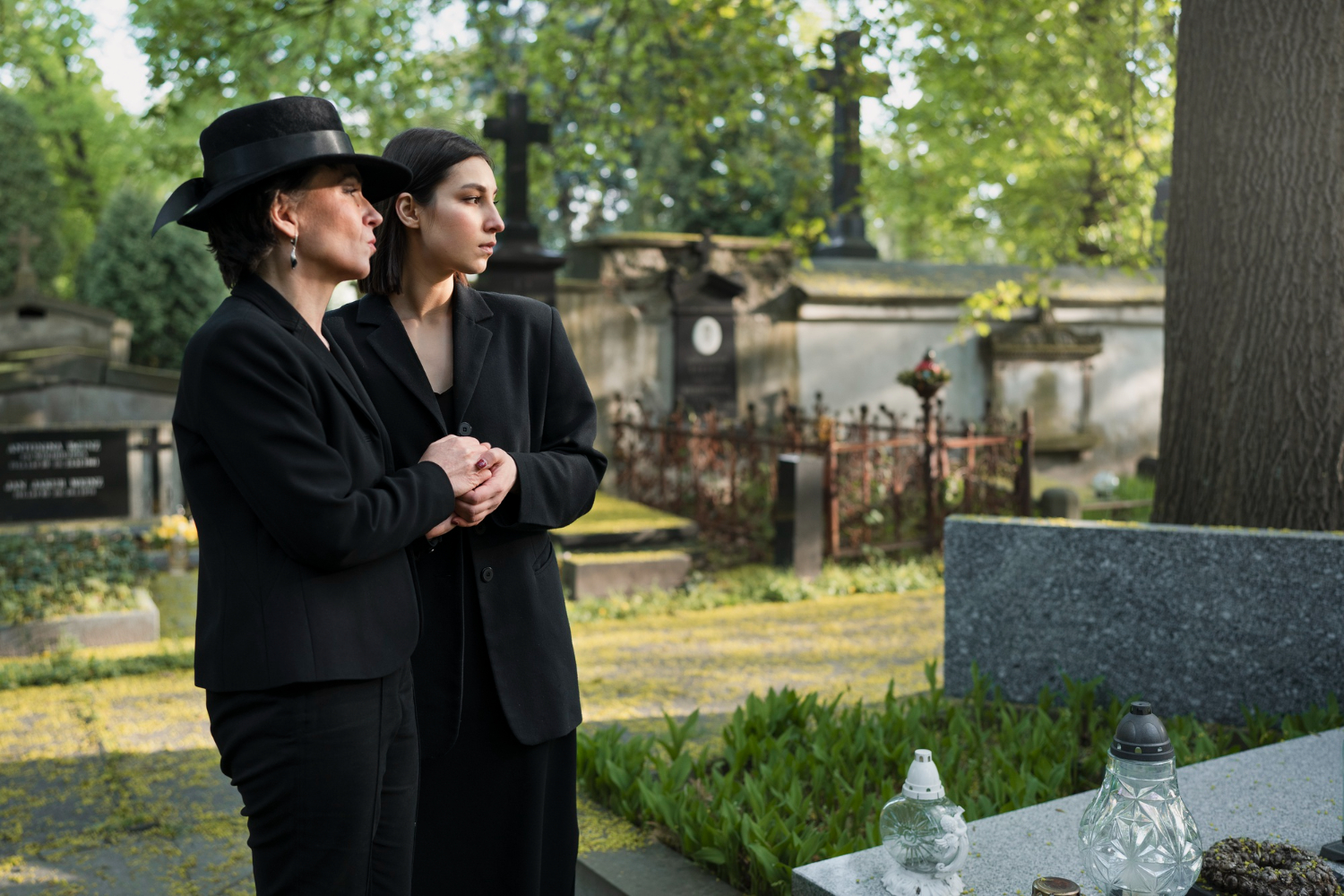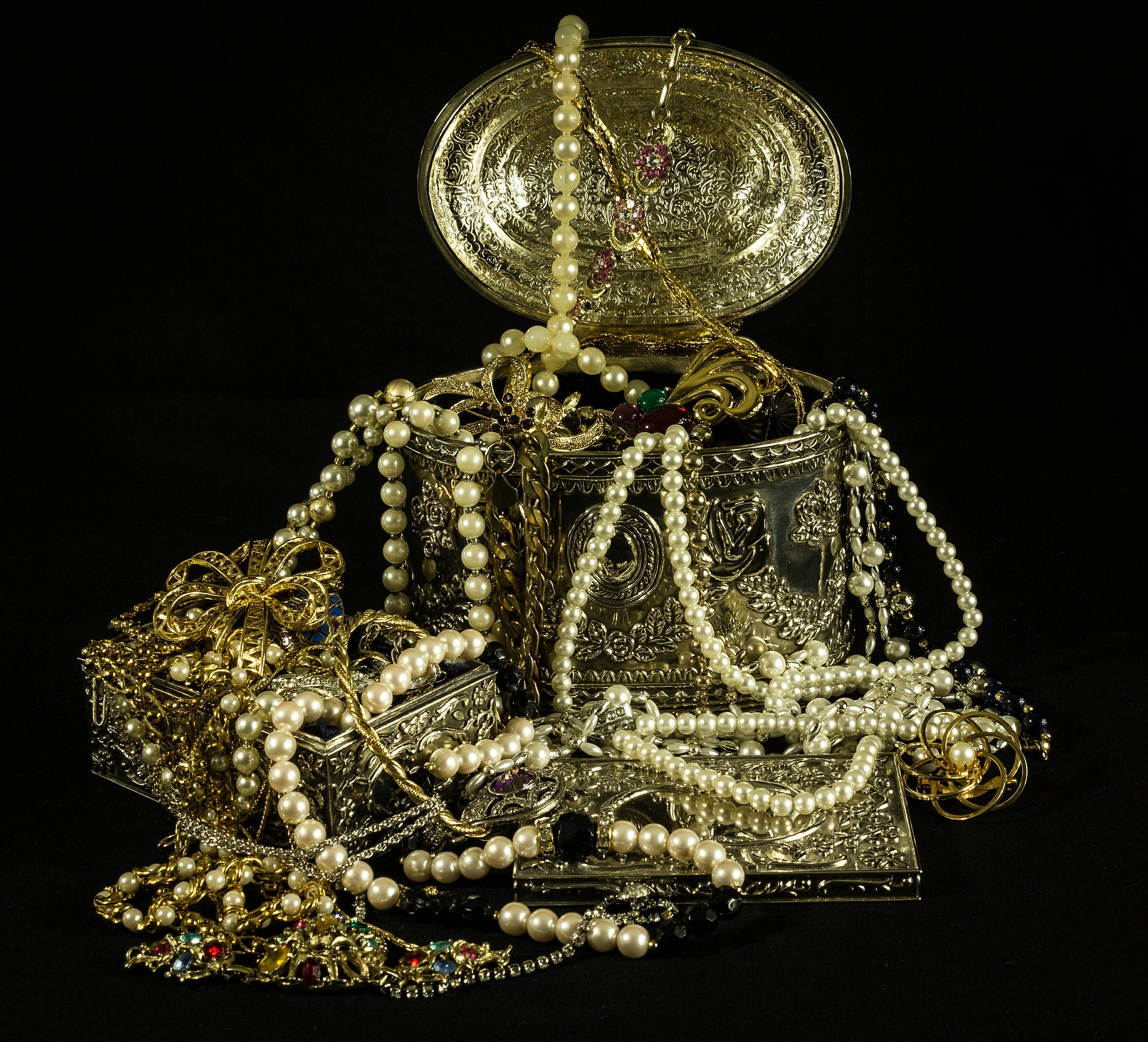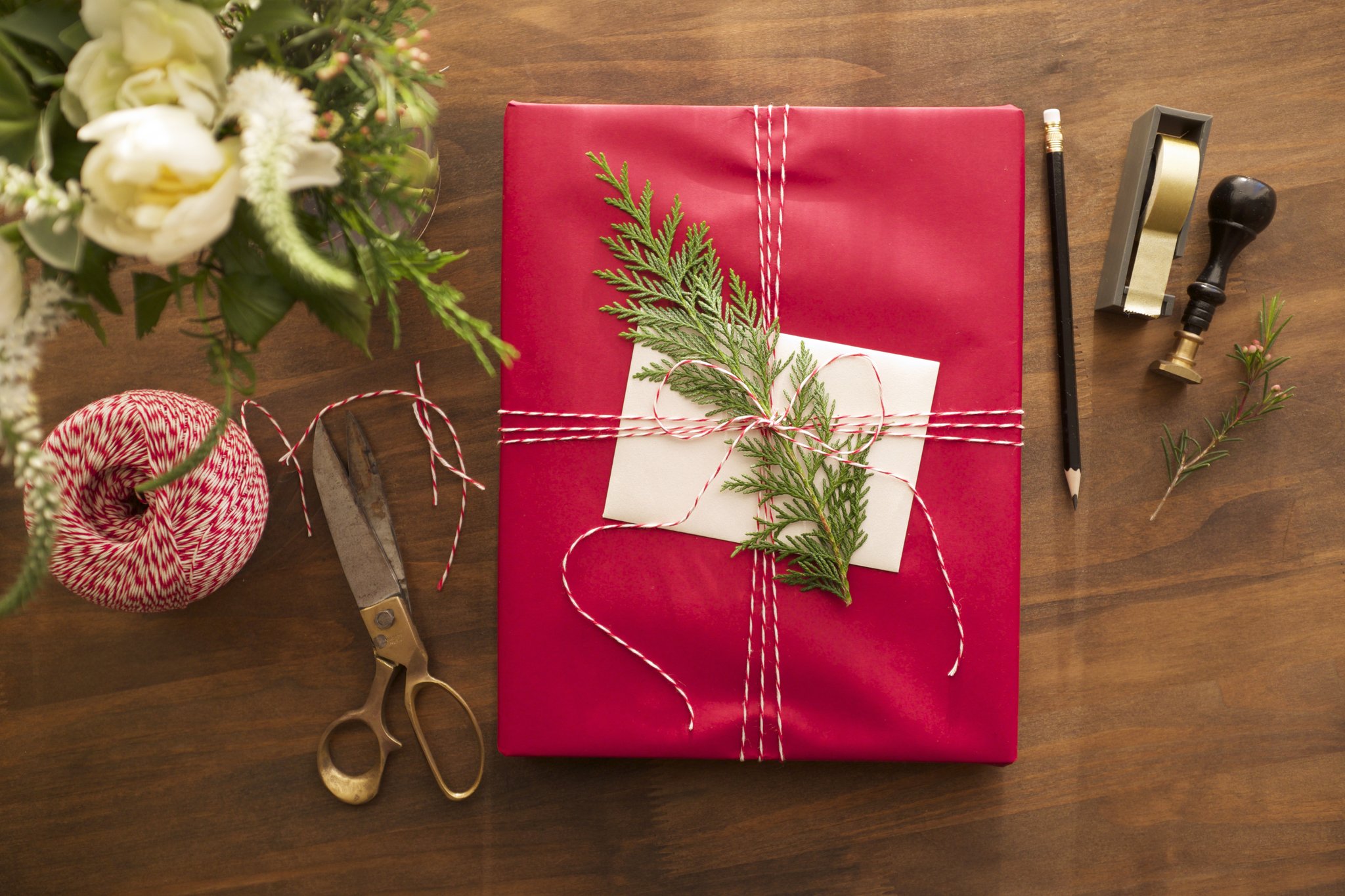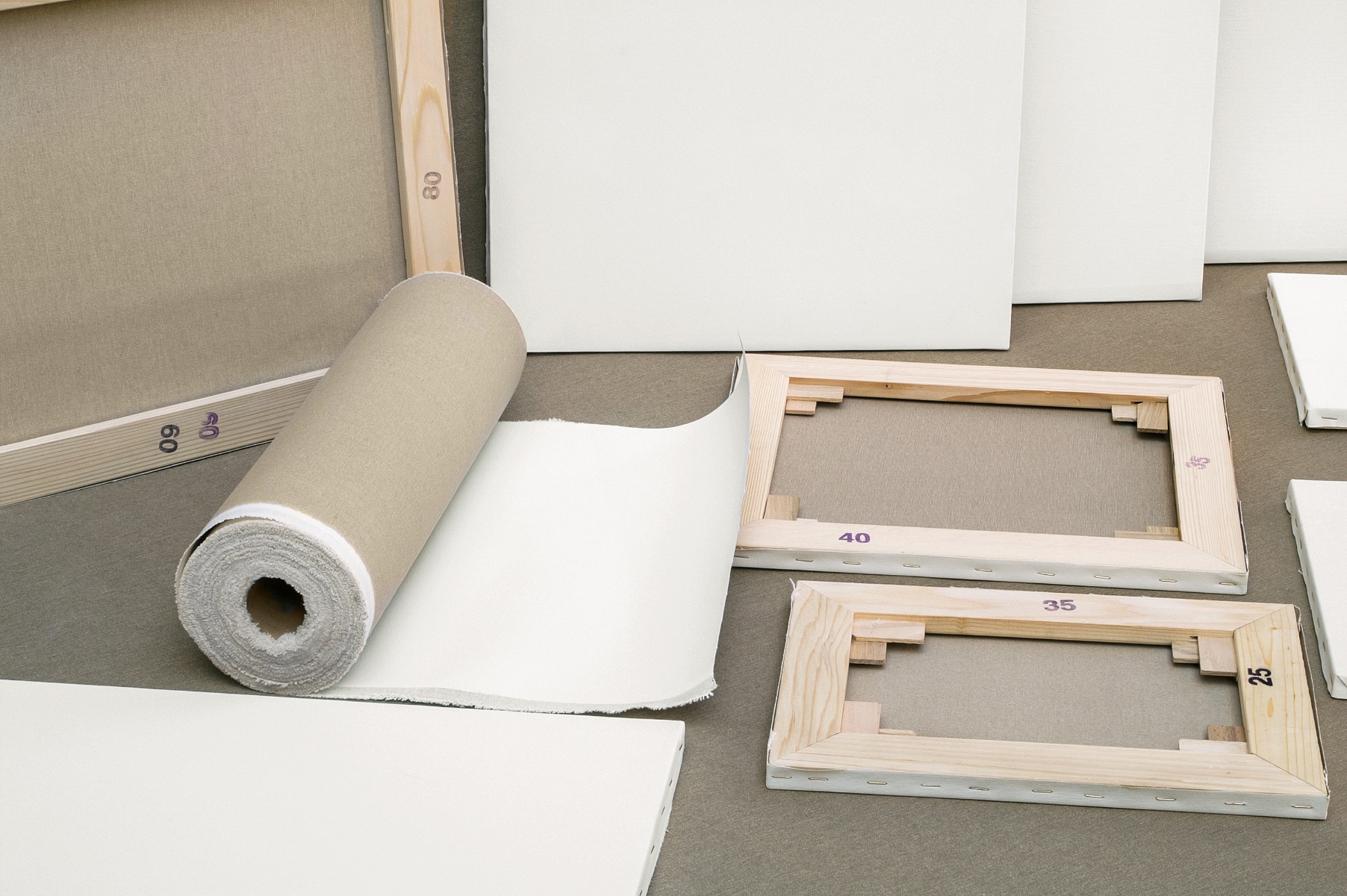It’s hard for most people I know to start the day without coffee. It wakes us up and helps us clear our minds and focus better for the day. Also, you have to agree that it tastes pretty good.
Now, lots of people want to get their caffeine fix in a new way by having more drinks like lattes, cappuccinos, and espresso that are high in caffeine.
Now for the question of the day: how much caffeine is in two espresso shots? Is it more than just a coffee?
The short answer is that espresso has around 150 mg of caffeine. Yes, that does have more energy than a normal cup of coffee.
Does that mean that espresso is good for you or bad for you? Read on to find out.
How many cups of coffee are there in two shots of espresso?
There are 150 mg to 180 mg of caffeine in a double shot, which Starbucks calls a “doppio.” A mixture of 14 grammes of dark-roasted coffee beans is used to make it. This makes about 60 ml of dark, rich coffee.
In Italy, on the other hand, a single shot of espresso is called a “solo.” It makes one serving, which is seven grammes of coffee beans, which is about 30 ml, or an ounce, of coffee.
What Does a Name Mean?
Let us look at what these words really mean.
Café Latte
The word “espresso” doesn’t mean a specific roast or type of coffee bean. In fact, it means the way this coffee drink is made.
At the beginning of the 20th century, espresso was first made in Italy. Coffee had been a part of Italian life for hundreds of years, but this kind of coffee was very different.
Thanks to Luigi Bezzera and Desiderio Pavoni, two guys who worked on their old coffee machine for years. They wanted to make a machine that could make a delicious cup of coffee in less than a minute, and that’s exactly what they did with their later model in 1903.
They named this new kind of coffee after the fast, pressurised machine that makes it: cafe espresso. This is to set it apart from the old kind of coffee.
Espresso is a word that means “press out” in Italian. It gets its name from the force with which hot water is pushed through fine coffee grounds made from dark-roasted Arabica and Robusta beans.
It can also mean quickly or “express.” It only takes about 30 to 60 seconds to make espresso, so this is a reference to that lack of time.
Unlike regular coffee brewed in a pot, which takes about 3–4 minutes longer, this type is made right where the customer asks for it.
It’s also worth noting that you can drink espresso by itself or with a shot of milk to make it less bitter. This coffee is also often used as the rich, strong base for other drinks, such as latte, macchiato, mocha, americano, and cappuccino, to name a few.
Shot
There’s no need to drink the whole thing all at once just because it’s called a shot.
In fact, the reverse is true. You should take your time sipping espresso so you can enjoy its strong, rich flavour.
“Shoot” just means the size of the cup that will be used to serve it. You might not know this, but espresso shots should be given in cups that were made just for this tasty drink.
They’re called demitasse cups, and each one holds about one ounce of the drink.
It’s called a “half cup” in French because it’s half the size of a regular coffee cup. You’ve seen this small white cup with a thin handle a lot of times in coffee places.
These cups can hold about 3/4 of an ounce, or 90 millilitres.
How Much Coffee Is Overkill?
As was already said, about 180 mg of caffeine are in two shots of espresso. That has a lot more caffeine than an 8-ounce coffee, which only has 80 milligrammes.
The Food and Drug Administration (FDA) says that the most caffeine a person can have in a day is 400 milligrammes, which is about six espresso shots. In other words, a double shot of espresso has almost half of the daily recommended amount of caffeine.
To give you an idea, you might be interested to know that when you order an espresso, most coffee places serve a double shot by default. That is something you should remember the next time you order an espresso.
A double shot of espresso at McCafe, for instance, has about 142 mg of caffeine. The Dunkin’ Doppio at Dunkin’ has only 97 mg in the same size cup.
What’s the difference between a double espresso at Costa and a double shot of espresso at Caribou? The difference is almost 270 mg of caffeine!
Still, there are a few things that could change how much caffeine is in your drink, such as:
- How dark the roast is
- What kind of coffee beans were used
- Whether it’s a mix of beans or just one kind,
- Size of grind
- How long a shot of coffee is
- What kind of coffee drink you’re drinking
- The size of the drink
- If you add milk, cream, or sugar,
The pros and cons of caffeine
People naturally get caffeine from tea leaves, cocoa beans, and, of course, coffee beans. A neurotransmitter in our brains called adenosine makes us feel sleepy and drowsy. This drug blocks that neurotransmitter.
That is why we become more awake and alert when adenosine is no longer being released in our bodies. Dopamine, a hormone that makes you feel good, is also released when you drink caffeine. Our moods are usually better and we feel more focused when we’re around this chemical.
The pros
A great thing about caffeine is that it can wake us up, give us energy, and make us feel aware. In addition, it helps us stay focused, concentrate better, and get more done during the day.
Take a look at some more ways that modest caffeine use is good for your health:
- It helps the brain remember things and stores them in long-term memory.
- It has a lot of antioxidants, which help reduce inflammation and the chance of getting some types of cancer and other chronic diseases.
- Starts the release of adrenaline, which makes you stronger, faster, and better overall.
- It helps people lose weight because it is low in calories.
- It might make getting Type 2 diabetes less likely.
- People with sadness, mood disorders, anxiety disorders, and other mental health problems are less likely to have it.
- It is a diuretic, which means it makes you pee more, which helps your body get rid of extra water and salt.
Bad things
If you drink more than four double shots of espresso every day, you might feel jittery and worried instead of focused and alert. This is because it can make your heart beat faster and your blood pressure go up in the short run.
If you drink it late at night, it can also make it hard to fall asleep, which can lead to sleeplessness. The caffeine in a double shot of espresso has a half-life of about five hours, so keep that in mind.
Let’s say you have a double shot late in the afternoon, around 5 pm. In other words, the caffeine will still be working in your body after 10 pm. That means you’ll probably be awake for a lot of the night. Then in the second half, you won’t be able to sleep because you’ll be jittery from not having coffee.
Another thing that not many people think about is that it’s not a good idea to drink any kind of caffeine-based drink, but especially one as strong as espresso, when you’re not hungry. The acidity of the drink can hurt your stomach and make you feel sick to your stomach.
People on this list shouldn’t drink more than two double shots in a reasonable amount of time:
- Women who are pregnant or nursing
- People who have seizures
- People who have palpitations, or heartbeats that don’t beat normally,
- Kids and teens
In Short
How much energy are there in two espresso shots? About 180 mg, which is about half of the daily suggested amount. That means you can have up to four shots a day without getting too drunk. To get the most out of them, make sure they happen at least four hours apart.
While this is true, you should know that there are some things that can change how much caffeine is in espresso. The quality of the coffee beans, the type of grind used, and how the beans were roasted are some of these factors.
You can make a latte by adding one or two shots of espresso to two ounces of warmed milk. If the strong flavour of espresso is too much for you, you can always cut it down. You can also add one more layer of foam for a smooth, creamy cappuccino.
